I am pretty new to designing amplifiers, but I have been playing with LTSpice and came up with a schematic, however I am not sure how to reduce the THD of the circuit. For 1kHz, I get the following from SPICE
Fourier components of V(out)
DC component:-0.000101871
Harmonic Frequency Fourier Normalized Phase Normalized
Number [Hz] Component Component [degree] Phase [deg]
1 1.000e+3 2.324e+0 1.000e+0 -179.11° 0.00°
2 2.000e+3 1.038e-2 4.466e-3 94.08° 273.19°
3 3.000e+3 4.972e-2 2.139e-2 15.96° 195.07°
4 4.000e+3 1.017e-3 4.373e-4 -130.22° 48.89°
5 5.000e+3 1.840e-3 7.914e-4 50.93° 230.04°
6 6.000e+3 1.001e-3 4.304e-4 174.94° 354.05°
7 7.000e+3 4.204e-4 1.808e-4 53.16° 232.27°
8 8.000e+3 6.834e-4 2.940e-4 -168.34° 10.78°
9 9.000e+3 4.017e-3 1.728e-3 80.26° 259.38°
Total Harmonic Distortion: 2.194679%(2.214350%)
Could you provide me with some pointers on how to improve this? Thank you!




